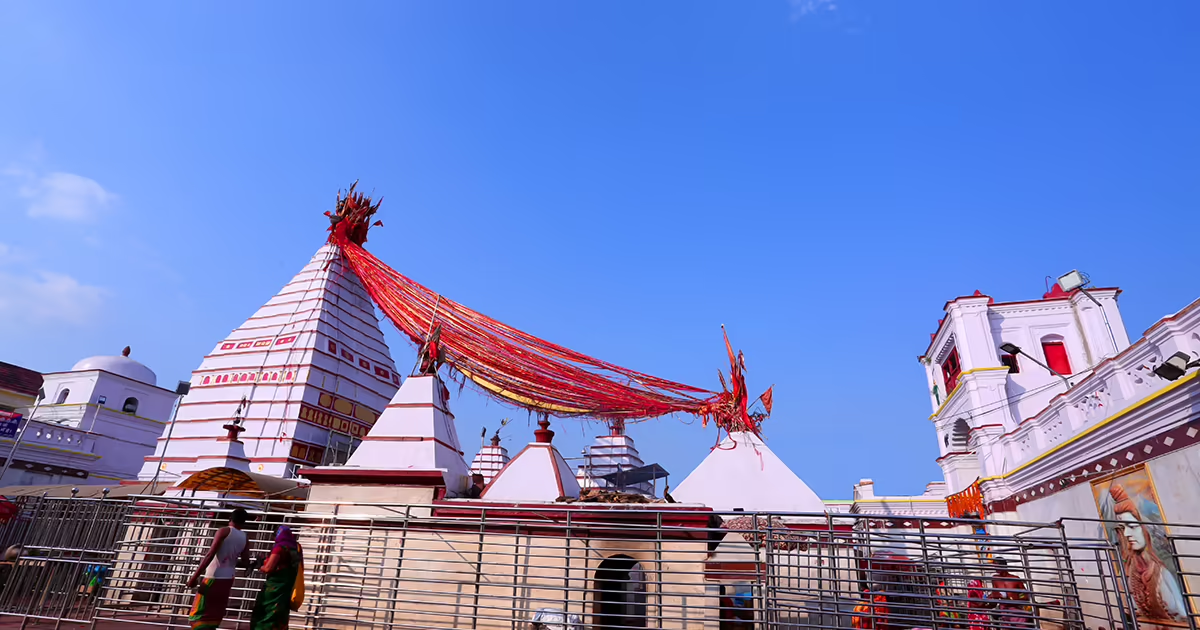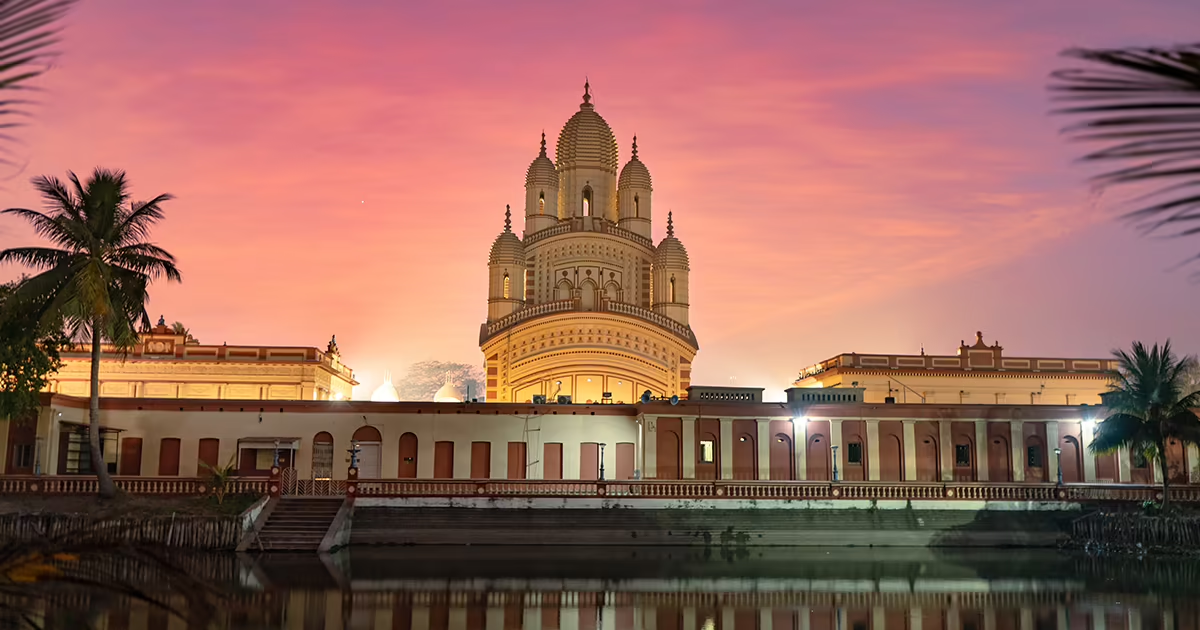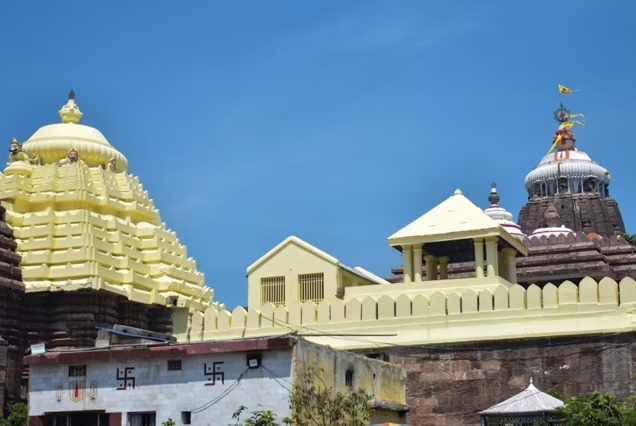The Gangasagar Pilgrimage Tour offers a spiritual journey to one of Hinduism’s most revered destinations. Every year, devotees gather at Gangasagar, where the sacred Ganges River meets the vast Bay of Bengal, marking a divine confluence of water and spirit. This pilgrimage, rich in tradition, features ritual baths, breathtaking sunrise views, and a vibrant community of fellow travelers, inviting you to experience profound devotion and the timeless allure of ancient rituals.
Tour details
- Ideal duration 1 - 2 Days
- Best Time October to April
Gangasagar Pilgrimage: A Spiritual Journey to the Sacred Confluence
For those seeking a profound spiritual holiday, the Gangasagar Pilgrimage offers an unparalleled experience. Held annually during Makar Sankranti in January, this sacred journey leads devotees to Sagar Island, where the Ganges River meets the Bay of Bengal. The pilgrimage culminates in the Gangasagar Mela, a grand fair that attracts millions of pilgrims from across India and beyond.
Historical and Mythological Significance
The origins of the Gangasagar Pilgrimage are deeply rooted in Hindu mythology. According to legend, Kapil Muni, a revered sage and an incarnation of Lord Vishnu, established his ashram at the confluence of the Ganges and the sea. The tale narrates that King Sagar’s 60,000 sons were reduced to ashes by Kapil Muni’s curse. It was only after the descent of the Ganges to Earth, brought down by King Bhagiratha’s penance, that their souls were liberated. This event underscores the site’s sanctity, making it a pivotal destination for those seeking spiritual solace.
The Gangasagar Mela: A Confluence of Faith
The Gangasagar Mela is celebrated during Makar Sankranti, marking the sun’s transition into Capricorn. On this auspicious day, pilgrims take a holy dip at the confluence, believing it purifies them of sins and leads to salvation. The fair is the second-largest congregation of pilgrims in India, following the Kumbh Mela. In recent years, the event has witnessed record footfalls, with millions participating in the rituals.
Journey to Sagar Island
Reaching Sagar Island involves a combination of road and ferry travel. Pilgrims typically journey from Kolkata to Harwood Point, followed by a ferry ride across the Muriganga River to Kachuberia. From there, a road trip leads to the southern tip of the island, where the main rituals occur. The West Bengal government enhances connectivity during the Mela, ensuring efficient transportation for the influx of devotees.
Rituals and Observances
The primary ritual involves taking a holy dip at the confluence during the predawn hours of Makar Sankranti. Following the bath, pilgrims offer prayers at the Kapil Muni Temple, seeking blessings and spiritual fulfillment. The atmosphere is charged with devotion, as chants and hymns resonate across the area.
Cultural Festivities
Beyond the religious rituals, the Gangasagar Mela is a vibrant cultural festival. The fairground is adorned with stalls offering traditional crafts, local delicacies, and religious artifacts. Cultural programs, including folk music and dance performances, add to the festive spirit, providing a holistic experience of India’s rich heritage.
Accommodations and Amenities
To cater to the vast number of pilgrims, temporary shelters and camps are established, offering basic amenities. For those seeking more comfort, nearby towns provide guesthouses and hotels. It’s advisable to book accommodations in advance due to the high demand during the Mela period.
Environmental and Safety Measures
Given the ecological sensitivity of the region, authorities implement measures to maintain cleanliness and environmental balance. Pilgrims are encouraged to participate in eco-friendly practices, ensuring the sanctity of the site is preserved for future generations.
Conclusion
The Gangasagar Pilgrimage offers a profound spiritual journey, blending deep-rooted traditions with vibrant cultural expressions. For those seeking a spiritual holiday, this pilgrimage provides an opportunity to immerse oneself in faith, community, and the timeless allure of India’s sacred landscapes.











